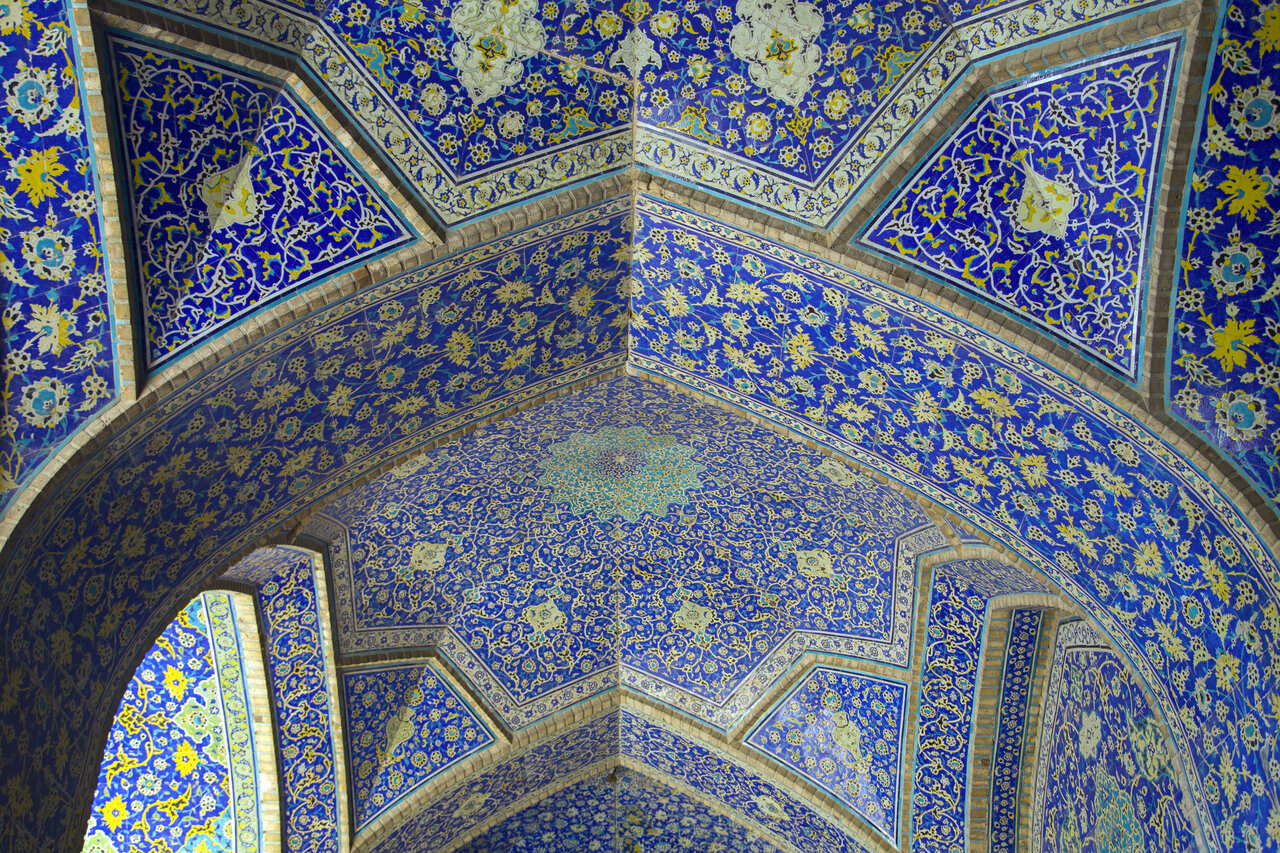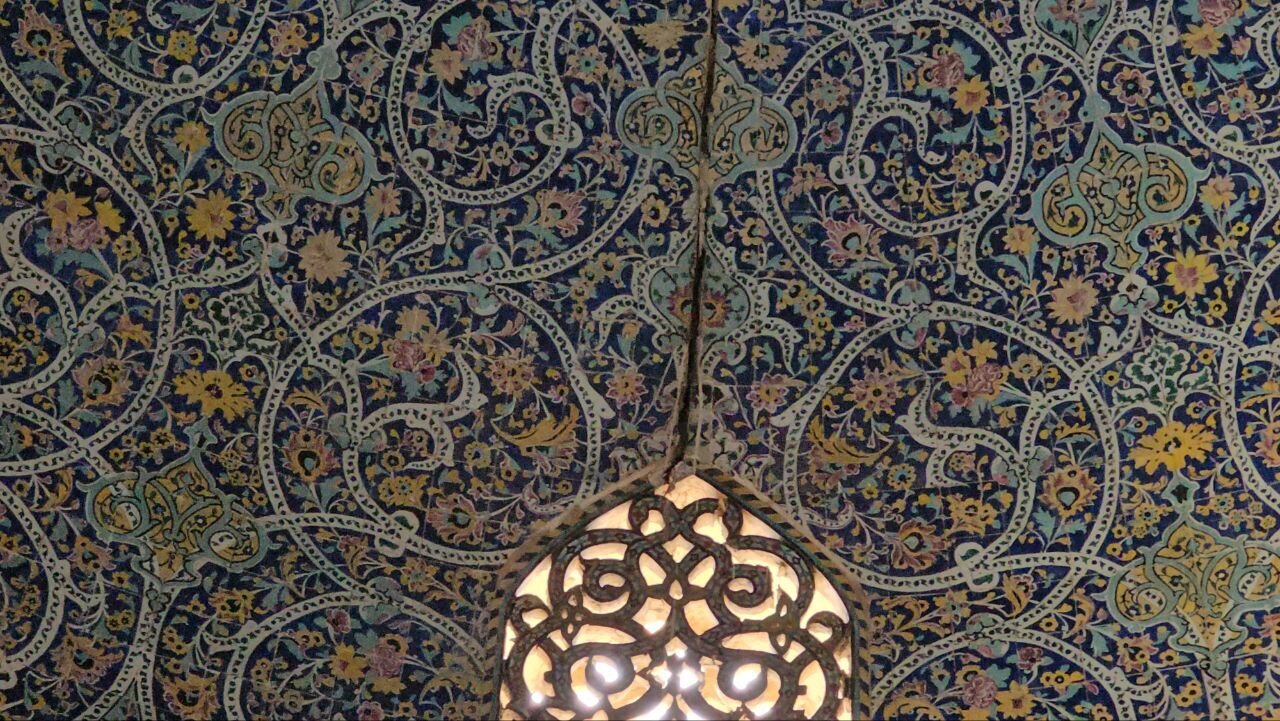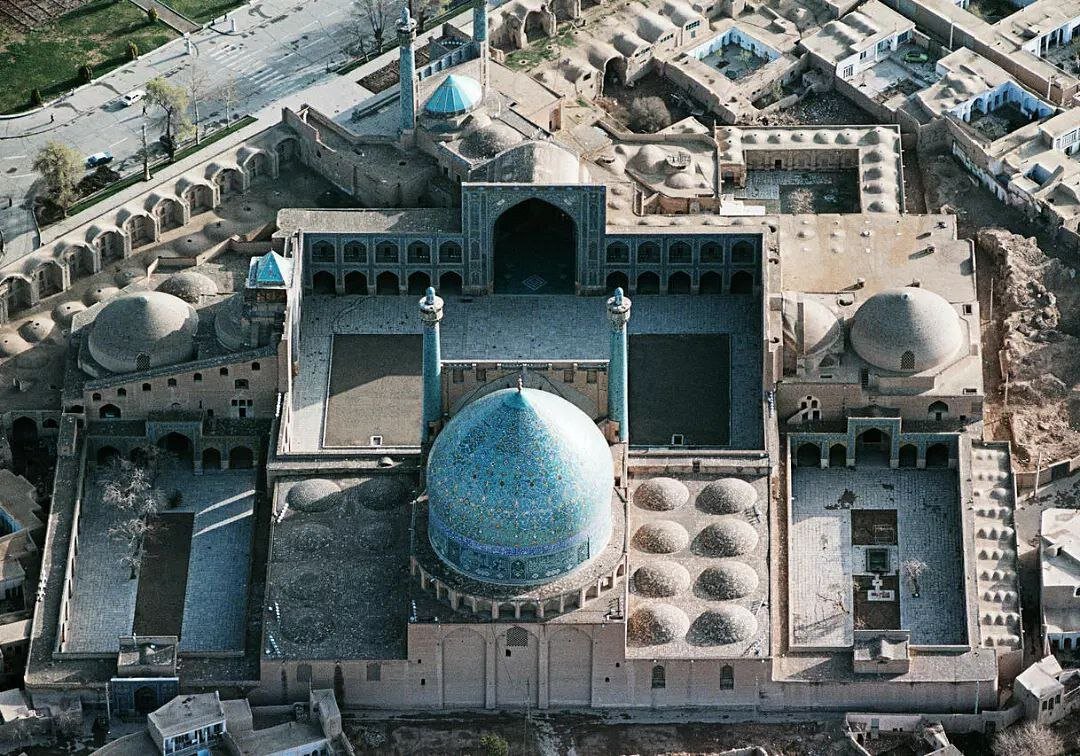17th-century Imam Mosque in Isfahan at serious risk

TEHRAN - Isfahan’s historical Masjed-e Jameh Abbasi, also known as the Imam Mosque, is facing a looming crisis, with its structural integrity severely threatened by deep cracks caused by land subsidence and prolonged drought.
Despite years of warnings from experts and cultural heritage advocates, no significant action has been taken to address the growing threat to one of the most iconic examples of Safavid-era architecture.
Formerly named the Shah Mosque, that elegant place of worship dates back to the 17th century when Isfahan was the capital of Persia under the Safavid rule.
Experts say without urgent intervention, this architectural masterpiece could soon crumble. It suffers from large cracks that have opened up across its floral domes and load-bearing walls, while some of its columns have already begun to tilt, signaling a potential collapse if left unaddressed.
Concerns over the mosque’s deteriorating condition have been voiced for several years. Bahram Nadi, a member of the specialized land subsidence task force in Isfahan, has repeatedly warned about the deepening cracks in the mosque’s domes and walls. According to Nadi, these cracks have worsened over time, becoming increasingly dangerous, yet authorities have failed to take the necessary steps to protect the monument.

“The cracks are getting deeper, and some columns have tilted,” Nadi explained during a recent tour of the mosque for journalists. He also demonstrated the extent of the damage using monitoring tools, illustrating just how critical the situation has become. “If urgent action is not taken, we risk losing this invaluable piece of our heritage.”
Government inaction despite promises
Despite the visible and worsening damage, there has been little follow-up from the government or local authorities.
During a previous administration, top officials from the Ministry of Cultural Heritage, Tourism, and Handicrafts along with provincial authorities, visited the mosque and promised to address the issue. However, these promises were never fulfilled, leaving the mosque vulnerable to further deterioration.
The lack of action has left many wondering why such an important site is being neglected. The Imam Mosque, with its breathtaking blue-tiled mosaics and intricate Safavid-era artistry, has long been a source of pride for Isfahan, Iran and even the world because it is one of the Key elements of the UNESCO-listed Imam Square (better known as Naqsh-e Jahan Square).

Its architectural innovations, such as the monumental porticoes and the exquisite muqarnas, have influenced Islamic architecture worldwide. The fact that it is now in danger of collapse has alarmed both heritage enthusiasts and the public.
The broader issue of land subsidence in Isfahan
The crisis facing the Imam Mosque is part of a broader problem affecting Isfahan. The city has been grappling with land subsidence for years, primarily due to the over-extraction of groundwater to meet the needs of its growing population and agricultural demands.
This excessive water extraction has significantly lowered the groundwater levels, causing the land to sink and putting many of Isfahan’s ancient structures, including the Imam Mosque, at risk.
According to Nadi, the land subsidence in Isfahan is “one of the most severe cases in the world.” The combination of a sinking earth and drought conditions, which have extremely reduced the water levels of the Zayandeh River, has worsened the problem.
Nadi explained that while land subsidence is a slow process, its impact on structures like the Imam Mosque is devastating without immediate intervention.

A call for immediate action
The situation has reached a critical point, and many are calling for immediate action to save the mosque.
Nadi, along with other heritage advocates, has arranged several tours for officials and experts, showing them the extent of the damage and presenting evidence of the mosque’s instability. Despite their efforts, there has been little movement from the authorities.
“The Imam Mosque is not just a building; it’s a part of our identity,” a cultural heritage enthusiast told the Tehran Times. “If we do not act now, we will lose it forever. This is a matter of national importance, and the world is watching.”
The mosque, however, is a reminder of the broader challenges facing Iran’s cultural heritage. Many of the country’s historical sites, from Persepolis to the bridges of Isfahan, are at risk due to environmental factors and a lack of funding for proper preservation. Experts warn that without a coordinated effort to address these issues, Iran could lose much of its rich architectural legacy.
AFM
Leave a Comment